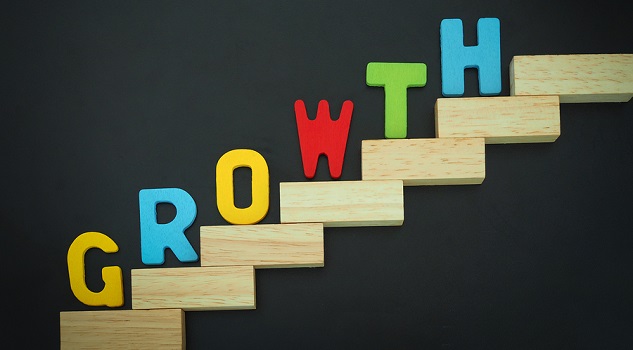Trade-based industries coming out on top in new research into the most lucrative growth industries for Australia’s smallest businesses.
The study, carried out by invoicing app Invoice2go, has identified the auto repair industry as seeing the biggest growth, billing 78 per cent more in 2017 than it did in 2016. This is followed by small businesses in the building and construction industry, who saw billing amounts increase by 59 per cent year-on-year. Those operating in the landscaping industry saw billing growth of 58 per cent year-on-year.
“We often see rankings of the fastest-growing tech companies in emerging industries, but we don’t often measure the industries that have been, and always will be, critical to our economy and society,” noted Invoice2go CEO, Greg Waldorf.
“Aspiring small-business owners shouldn’t discount the tried and tested industries that are seeing rapid and continual growth.
“The majority of our users are businesses made up of one or two people, so the most lucrative industries data paints a really unique picture of the success Australia’s smallest traders are seeing,” he said.
“It’s fantastic to see such a promising outlook for their growth this year and beyond.”
The highest growth industries (year-on-year 2016 to 2017 based on average invoice volume increase):
- Auto repair: 78 per cent growth – average invoice volume issued by mechanics and automobile service providers has grown to$129,175 from $72,469
- Building and construction: 59 per cent growth – average invoice volume issued by small businesses in the building and construction industry has grown to $139,275 from $87,793
- Landscaping: 58 per cent growth – average invoice volume issued for landscaping services has grown to $65,313 from $41,261
- Food: 53 per cent growth – average invoice volume issued by providers in the food industry, such as cafes and caterers, has grown to $95,193 from $62,142
- Glass and glazing: 52 per cent growth – average invoice volume issued for glass and glazing services (windows and doors, glass replacement and glass glazing) has grown to $162,107 from $106,627
These industries are closely followed by the fitness industry, with 49 per cent growth.
The data has also identified Australia’s top five highest achieving SME industries. Building and construction again appears in the top three, suggesting its strength not only in growth, but also in revenue. Glass and glazing, and pool and spa also top the list, suggesting blue-collar industries are here to stay, and providing booming opportunity for small business operators.
“Small businesses are key to the prosperity of Australia’s business landscape, and this extends globally,” Waldorf said.
“It’s great to see our customers thriving on increased earning potential, and making their mark on the Australian economy, which continues to grow steadily*.”
The highest achieving SME industries of 2017 (average invoice volume per subscriber, p/a):
- Glass and glazing – contractors in the glass industry are invoicing their clients on average $162,107 p/a
- Pool and spa – contractors in pool and spa are invoicing on average $156,210 p/a
- Building and construction – contractors in building and construction are invoicing on average $139,275 p/a
- Plumbing & HVAC – contractors in plumbing are invoicing on average $138,786 p/a
- Security – security-solution providers are invoicing on average $131,271 p/a













